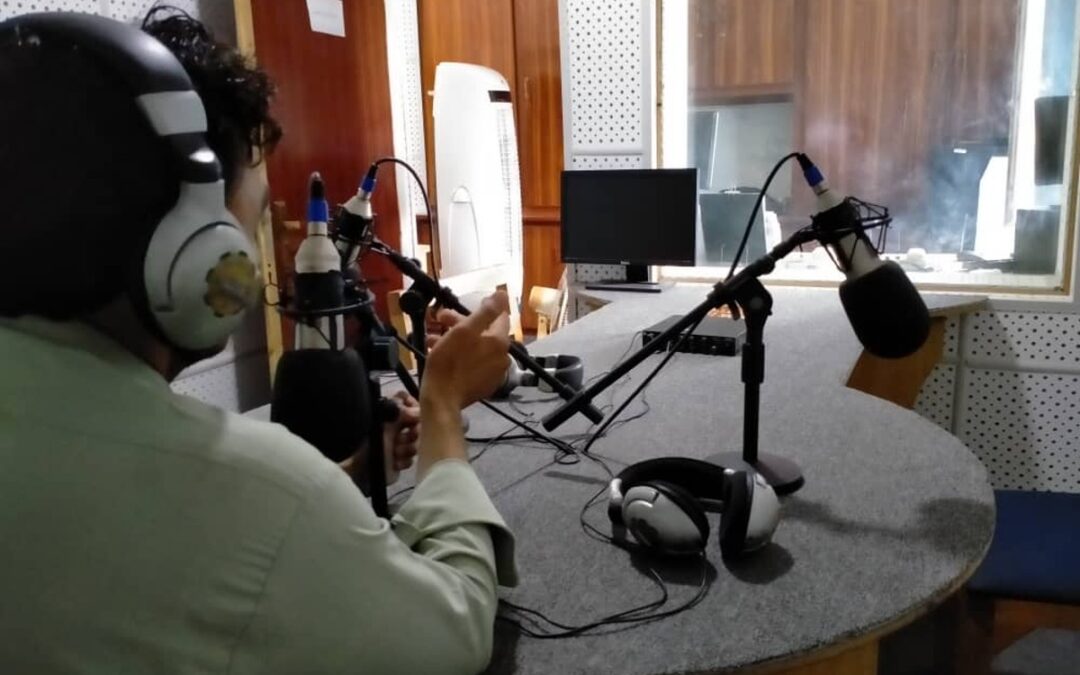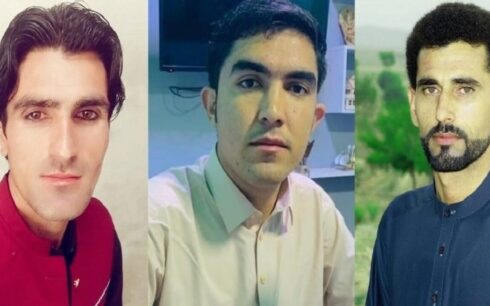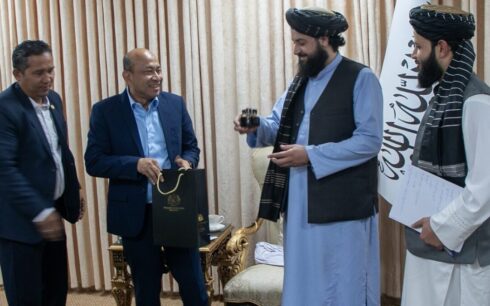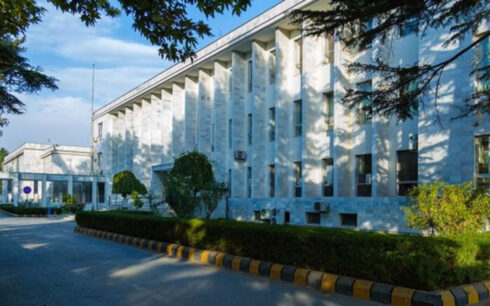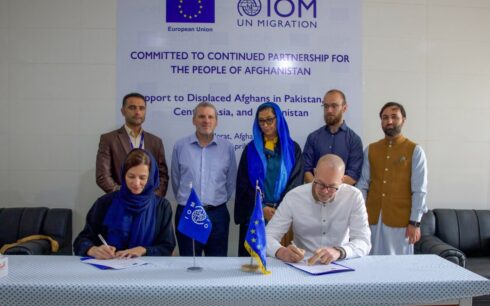The Afghanistan Journalists Center (AFJC) said on Friday in its annual report on the state of media freedom in Afghanistan that press freedom under the Taliban rule was “deteriorating.”
The report finds a significant increase in violence and threats against Afghan journalists as well as “severe” restrictions that have limited working space for media outlets in 2022.
According to the report, the hard-won press freedom of the last two decades in Afghanistan was on the verge of disappearing.
AFJC has documented 260 cases of violence against journalists and media outlets, including threats; detentions, and aggressive acts by the Taliban showing a 138 percent increase compared to 2021.
The organization has recorded 119 cases of short-term detention, from one hour to several hours and even months, journalists. The report stated that the detentions mostly included physical and psychological violence, insults, and humiliation of journalists.
The AFJC said that 58 journalists in Kabul; 11 journalists in Kandahar; 11 journalists in Paktia; seven journalists in Ghazni; six journalists in Faryab; nine journalists in Herat, Samangan, and Bamyan; eight journalists in Parwan, Uruzgan, Logar, and Ghor; as well as nine other journalists were arrested in Kapisa, Balkh, Takhar, Nangarhar and Khost, Helmand, Zabul, Farah, and Badghis, over the past year.
The report said that three journalists and media workers, are currently in Taliban custody. They are a former presenter of Nowruz Radio in Herat, Khaled Qadri (since March 17); an independent journalist in Kabul Faizullah Faizbakhsh (since August 17); and Qadratullah Tarar, a reporter for Zarghoon TV in Khost (since November 11).
Khaled Qadri has been sentenced to one year in prison by the Herat court for criticizing the Taliban on social media. Faiz Bakhsh was arrested while filming the area in Kabul where late Al-Qaeda leader Ayman al-Zawahiri was killed in a US drone attack, and Tarar was detained for his journalistic work and critical posts against the Taliban on social media.
The report also finds that the Taliban-run security entities, the intelligence department in particular, as well as the Taliban’s propagation of virtue and the prevention of vice ministry, were the suppressive machines of the group which was, directly and indirectly, involved in “arresting, threatening and intimidating journalists.”
A journalist in Kabul, who wished to remain anonymous, told Amu TV that the Taliban are limiting the ground for journalism by imposing more restrictions.
“In journalism, if you are not independent and impartial, the mission of a journalist will be questioned. Unfortunately, in the current situation, journalists are not free to do their work, and this is the worst situation. Censorship exists widely, the protective umbrellas of journalists have been disabled, and reliable sources of support for journalists don’t exist at all,” he said.
The report was published a day after the Taliban intelligence officials in Kandahar told media outlets to prepare for some changes in their operating structures – hinting at soon-to-be-announced restrictions on the media.
Hamim Arslan, the head of the media office of the Taliban intelligence directorate in Kandahar, told journalists that they should be prepared for a ban on women working in the media and that the group is looking to implement measures to reduce the need for female employees at media outlets.
The meeting was attended by Taliban officials from the intelligence directorate, the hajj and religious affairs department, the higher education department, the information and culture department, and the provincial police command.
Addressing the meeting, Arslan introduced 11 rules, saying all media outlets are obligated to implement the regulations.
According to Arslan, the rules include:
1- Women phoning into general radio and television programs are prohibited from doing so, and they are limited to making calls to religious and medical programs
2- Offices for male and female employees must be separate
3- Female employees must observe hijab
4- Men and women presenters must not co-host a program
5- Women who are interviewed by media outlets must observe hijab otherwise the program can not be broadcast
6- Female guests being interviewed via Zoom or Skype must observe a hijab.
7- Those who do not recognize the legitimacy of the Taliban government must not appear in the media.
8- Mullah Haibatullah Akhundzada must be referred to as “Sheikh Mullah Haibatullah Akhundzada Leader of the Islamic Emirate
9- Media outlets must not “exaggerate” security incidents in Afghanistan as it damages the psychological well-being of the people
10- Music and TV series are totally prohibited
Arslan warned that media outlets that violate these orders will face legal action by the Taliban.
The Taliban official added that it was the responsibility of the media outlets to implement the regulations and that there was a general consensus among the Taliban to issue these rules.
He said the rules were not negotiable and that media outlets are obliged to obey orders.

